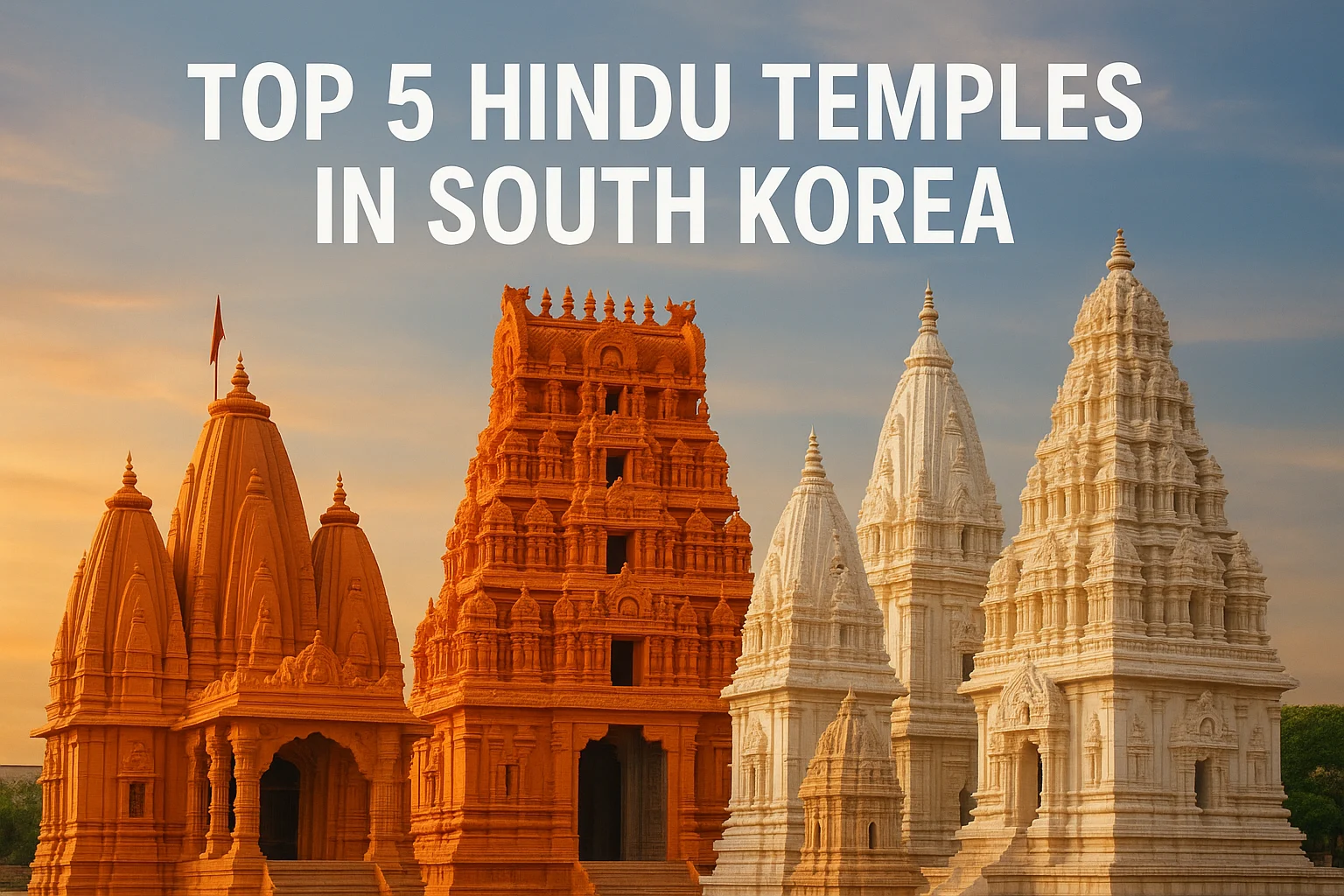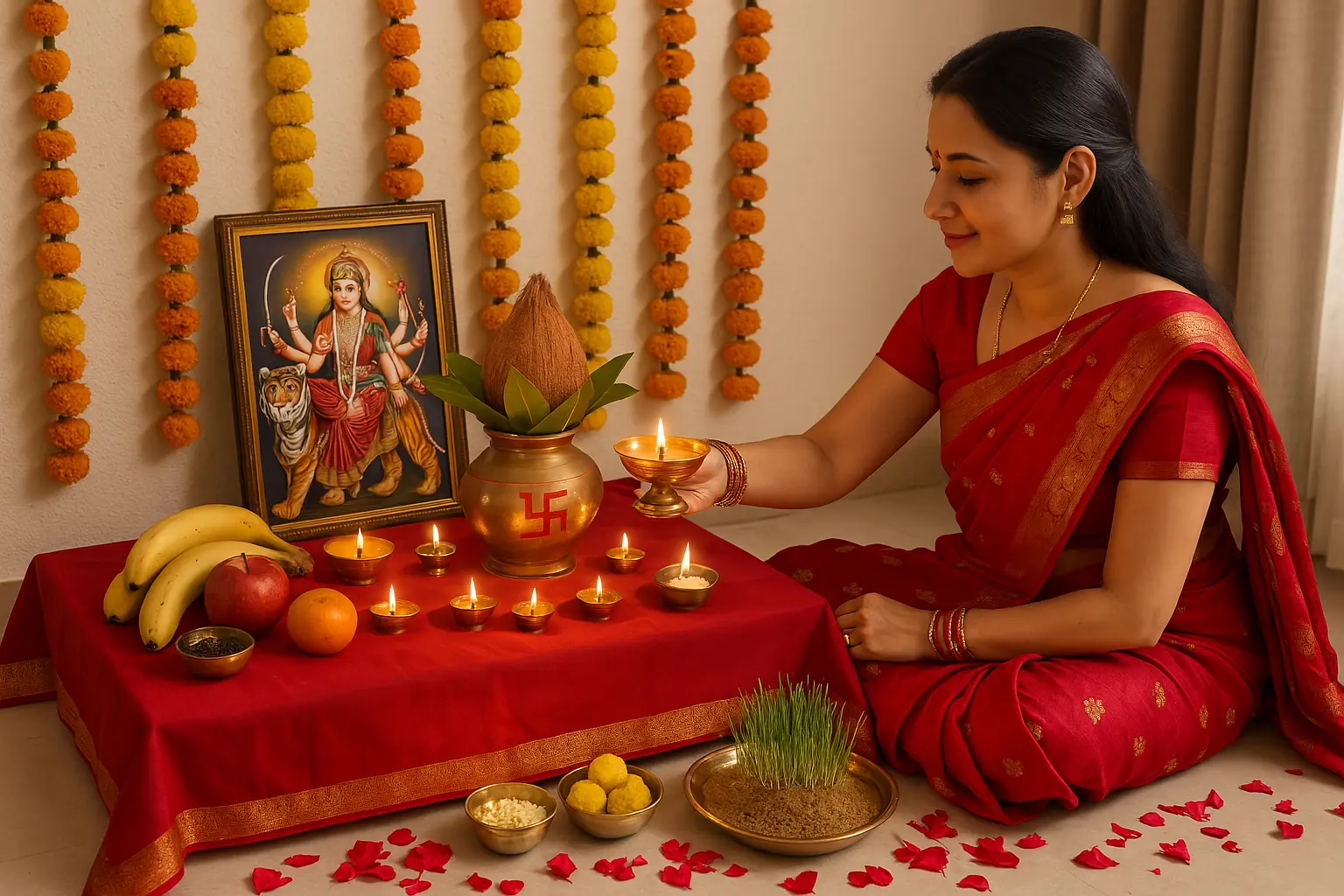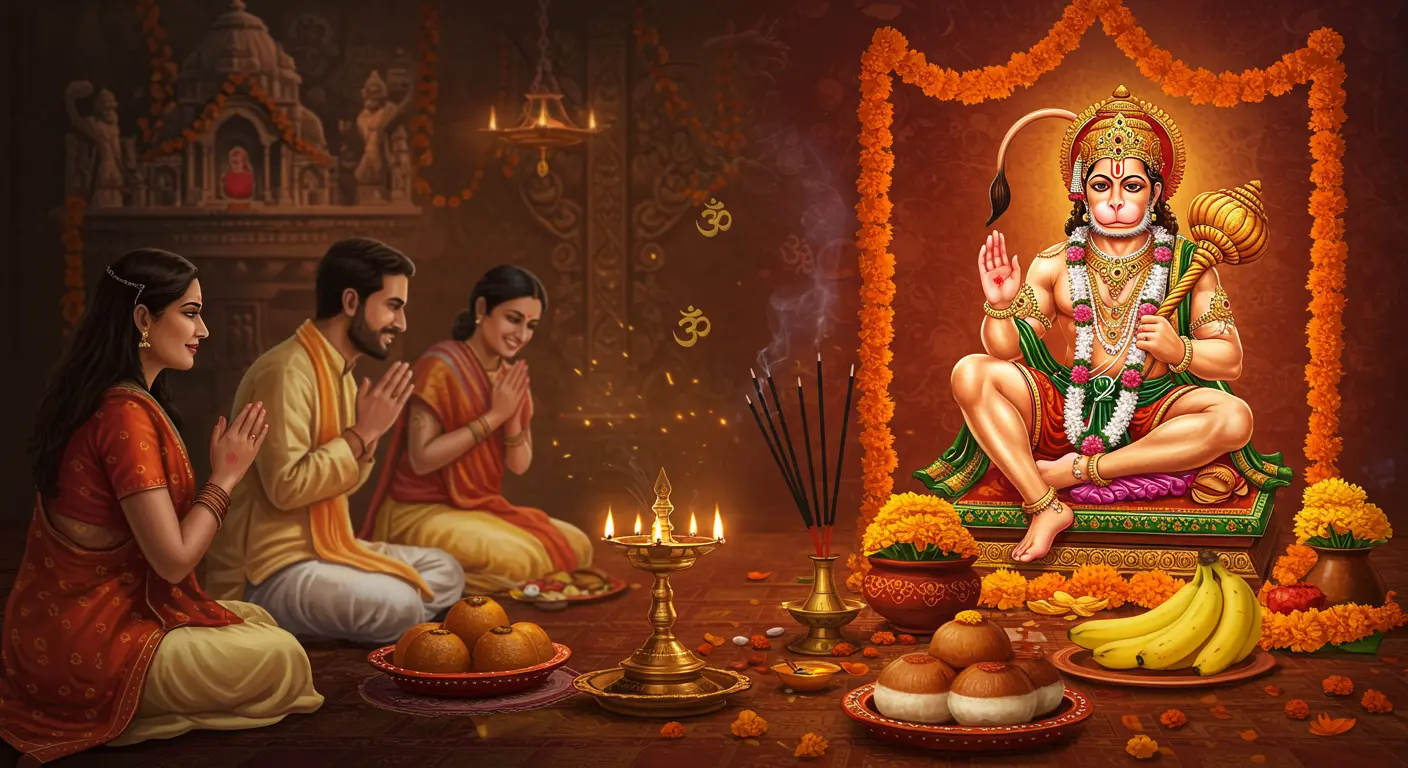Vesak, also known widely as Buddha Purnima or Buddha Jayanti, stands as the most sacred day in the Buddhist calendar.
Celebrated on the full moon day of the Vaisakha month (typically April or May) , it uniquely commemorates three monumental events in the life of Siddhartha Gautama: his birth, his enlightenment (Nirvana), and his passing away (Parinirvana).
This “Thrice Blessed” occasion is a time for reflection, meditation, and acts of kindness, embodying core Buddhist principles.
While the grand narratives of the Buddha’s birth in Lumbini, his awakening under the Bodhi tree in Bodh Gaya, and his final passing in Kushinagar are central to Vesak, there lies a quieter, yet profoundly pivotal story often nestled within the larger epic – the tale of Sujata.
It’s a narrative holding a “sweet secret”: how a simple offering of milk-rice pudding, known as kheer, provided the crucial nourishment that fueled Siddhartha Gautama’s final steps towards becoming the Buddha, the Awakened One.
The Seeker’s Ordeal: A Path of Extreme Austerity
Before his enlightenment, Prince Siddhartha Gautama lived a life shielded from worldly suffering.
However, encounters with old age, sickness, and death outside his palace walls shook him profoundly, revealing the harsh realities of human existence.
At the age of 29, driven by a deep desire to understand and overcome suffering, he renounced his royal life, his wife, and child, embarking on a spiritual quest.
For nearly six years, Siddhartha dedicated himself to finding the truth, initially pursuing extreme ascetic practices.
He subjected his body to severe self-mortification, including prolonged fasting, believing this was the path to liberation.
These rigorous efforts left him emaciated and dangerously weak, his body almost destroyed.
Legend recounts a moment when he attempted to cross the Niranjana River; weakened to the point of collapse, he barely had the strength to hold onto a branch and avoid being swept away.
This critical juncture made him realize that punishing the body to such extremes was not the way; it did not lead to clarity, but only to further depletion. True understanding, he began to grasp, lay elsewhere.
Also Read : What to Buy on Akshaya Tritiya Other Than Gold
An Unexpected Encounter: Sujata’s Gift of Kheer
It was in this state of profound physical weakness, near Bodh Gaya, that Siddhartha encountered Sujata.
Often described as a village woman or milkmaid, Sujata approached the meditating ascetic seated under a banyan tree.
Some accounts suggest she was making an offering in gratitude, perhaps for the birth of a son or another fulfilled wish.
Seeing the figure beneath the tree, emaciated yet radiating a serene presence, perhaps enhanced by the moonlight, she may have initially mistaken him for a tree spirit or deva.
Moved by reverence or simple compassion, Sujata offered him a golden bowl filled with kheer – a rich, sweet pudding made from milk and rice, possibly fragrant with cardamom and saffron.
This was not just any meal; it was a carefully prepared, nourishing offering given with a pure heart.
The Turning Point: Nourishing the Middle Way
Siddhartha’s acceptance of Sujata’s kheer marked a pivotal turning point in his journey. By accepting the food, he consciously abandoned the path of extreme self-denial that had brought him close to death.
This act symbolized his embrace of the “Middle Way” – a balanced path avoiding the extremes of both sensual indulgence and severe asceticism, which would become a cornerstone of his teachings.
The nourishing kheer revived his depleted physical strength. It provided the energy he desperately needed, not just to survive, but to continue his meditation with renewed vigor and clarity.
This simple act of kindness, this bowl of sweet rice pudding, became the physical fuel for the final, intense meditation that would lead to his ultimate spiritual breakthrough.
It demonstrated that the path to enlightenment required not the destruction of the body, but its sustenance, balanced with profound mental discipline.
The Dawn of Awakening: Enlightenment Under the Bodhi Tree
Strengthened by Sujata’s offering, Siddhartha moved to sit beneath a nearby Peepal tree, later known as the Bodhi tree.
With unwavering determination, he vowed not to rise until he had attained full enlightenment.
As the full moon of Vesak rose, illuminating the night sky, Siddhartha plunged deep into meditation, confronting the nature of suffering, desire, and the self.
In that profound state, sustained by the nourishment he had received and the clarity of the Middle Way, he broke through the final veils of ignorance.
He achieved Nirvana – the extinguishing of suffering and the cycle of rebirth – becoming the Buddha, the “Awakened One”.
While enlightenment is a profound spiritual event, the story subtly reminds us that the journey is undertaken by a human being, one whose physical needs, met through an act of kindness, played a crucial role.
The Legacy of Kheer: A Sweet Symbol of Vesak
The story of Sujata and her timely offering became enshrined in Buddhist tradition. It serves as a powerful testament to the impact of compassion and the interconnectedness of all beings – how a simple act by a layperson contributed significantly to the Buddha’s path.
This legacy lives on in Vesak celebrations today. In many Buddhist communities across Asia, preparing and sharing kheer is a cherished tradition on Buddha Purnima.
Devotees often dress in white, visit temples (viharas), offer flowers and incense, listen to sermons, meditate, and engage in acts of charity (dāna). Sharing kheer becomes a communal act, symbolizing:
- Kindness and Compassion: Mirroring Sujata’s selfless gesture.
- Nourishment: Representing both physical sustenance and the spiritual nourishment derived from the Buddha’s teachings (Dharma).
- The Middle Way: A reminder to avoid harmful extremes in practice and life.
- Gratitude: Acknowledging the conditions that support the path to awakening.
- Generosity: Embodying the spirit of giving that is central to Vesak observances.
Conclusion: The Enduring Sweetness of Compassion
Vesak is a time to remember the monumental life of the Buddha – his birth, his profound awakening, and his final liberation.
Yet, woven into this grand tapestry is the delicate thread of Sujata’s story. Her offering of kheer, born from kindness, was more than just food; it was the catalyst that helped bridge the gap between extreme striving and ultimate realization.
This “sweet secret” of Vesak reminds us that the path to enlightenment is not walked in isolation. It is supported by countless acts of compassion, big and small.
It highlights that profound spiritual achievements can be intertwined with simple human needs and connections.
As Buddhists around the world celebrate Vesak with prayers, meditation, and acts of generosity, the story of Sujata and her offering serves as a gentle, enduring reminder: the sweetness of compassion can indeed fuel the journey towards awakening, illuminating the path just as the Vesak moon illuminates the night sky. May the spirit of her kindness inspire our own actions, during Vesak and always.









